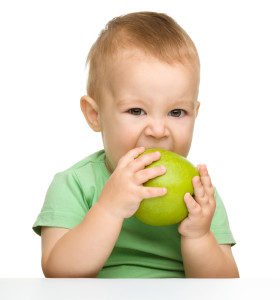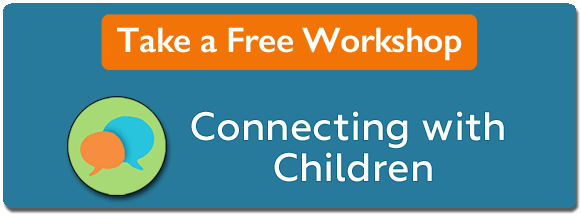
Most biting in young children occurs between the ages of fourteen to thirty-six months. At this age biting is more connected to oral and language development. Biting in the four-year-old may be about developmental delays in impulse control, social skills or meeting situational expectations.
The younger child learning to speak as well as to control emotional impulses can be a walking bite bomb. At this age children can understand so much more language than they can express. As the child is unable to express him or herself, tension builds in the muscles around the temporomandibular joint (TMJ) near the ear and hinge to the jaw, and biting occurs as a snap reaction to stress.
For the biting child we can help by assisting with emotional and situational vocabulary, as well as overall language.
Try to understand the situation where the biting occurred and work on building skills, verbal and/or social skills, that will help smooth out the rough edges.
Have realistic expectations.
Sometimes we expect our toddlers to act in ways in which they are not developmentally ready. Sharing becomes a key developmental skill between the ages of five to six years. The two, three, or four-year-old is figuring out how to be independent and to master fundamental skills. The materials in a toddler or preschooler’s hands are about mastery, for example, learning how to feed themselves, move and communicate. Being forced to share when a need for the materials being used is for key development reasons can create frustration fast. For the biting child we need to minimize our requirements for them to share food and toys.
Eating certain foods may help the biter.
Biting incidents are fewer when children have chewy food to eat-bagels, carrots, celery, rice cakes, whole grain crackers, salt-free pretzels, apple slices and banana chunks. (Note: Be aware of choking hazards.)
Look for patterns.
Does the biting incident occur when the child is tired, hungry, frustrated, or having to negotiate social sharing of food or activities? Being aware of the times biting occurs can help you prevent future occurrences.
Use sign language.
Once children become fluently verbal, most biting incidents stop. Until then, some youngsters are helped by learning sign language to express emotions and needs. Learning the signs for mad, hungry, and leave me alone can be a huge help for some children.
Look at language skills.
For the older biter we need to look at language and social skills and determine if some delay is occurring.
- Does the child have language skills to tell another child to stop, leave me alone, or don’t touch me?
- Is the child able to control his or her impulsiveness?
- Is the child in a chaotic, noisy or otherwise disorderly situation?
Too much new can create feelings of unease and fearfulness that can lead to protective behaviors as biting, hitting, punching, spitting and more.
Look at the daily routine and circumstances of the older biter to detect situational patterns and skill development that can be remedied by adult intervention and skill teaching.
Teach skills.
Skill teaching is done in three parts:
1. Identify the skill
2. Break the skill into parts, and
3. Have realistic expectations for learning the skill.
For the child who needs to learn to stay, “Stop. Please don’t touch my things,” we need to break it into parts. The child needs to recognize the situation. He needs to be able to say the words. He needs to be able to get adult help if the words do not work. He needs to have a way to control his actions.
Practice makes perfect.
We need to help the child practice each of these skills independent of an incident. Ask the child to show you how he should act and the words he should say if he doesn’t want to be bothered by others. If someone does bother him what should he say? If that doesn’t work, what should he do? If he can’t find an adult to help, what should he do?
As we teach skills, remember that repetition is the way we learn and learning can occur on the first repetition or the one-thousandth repetition. Teach skills and practice intervention. Repeat until done.

